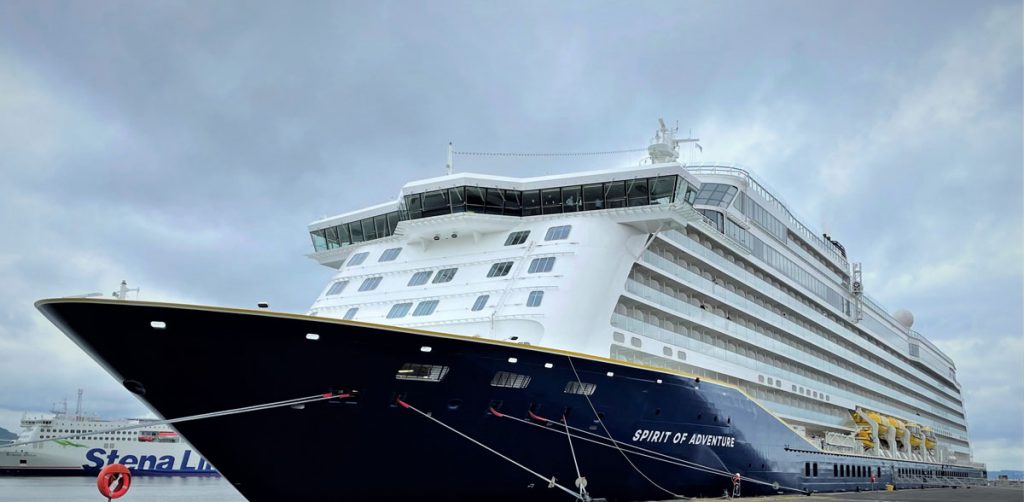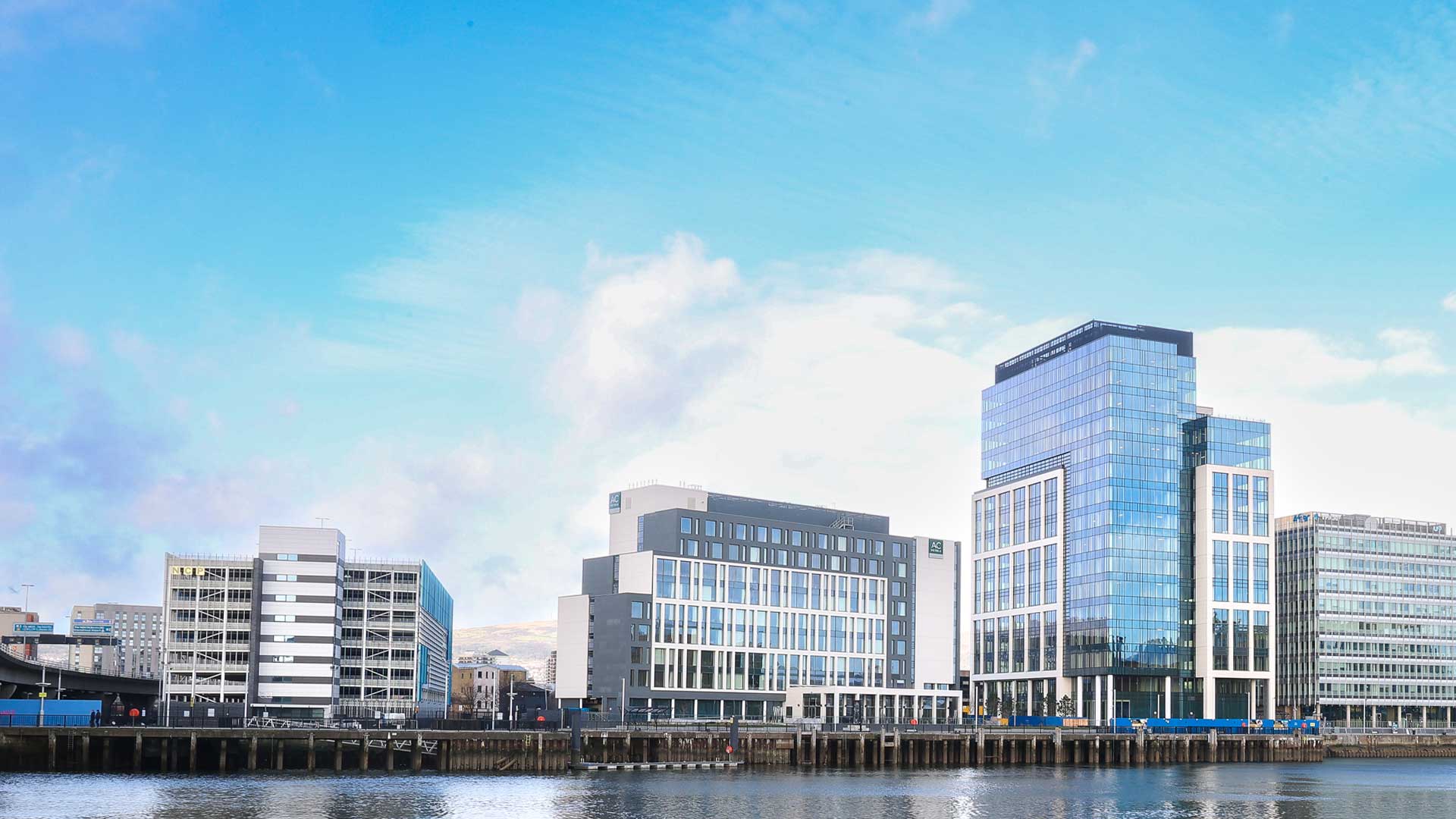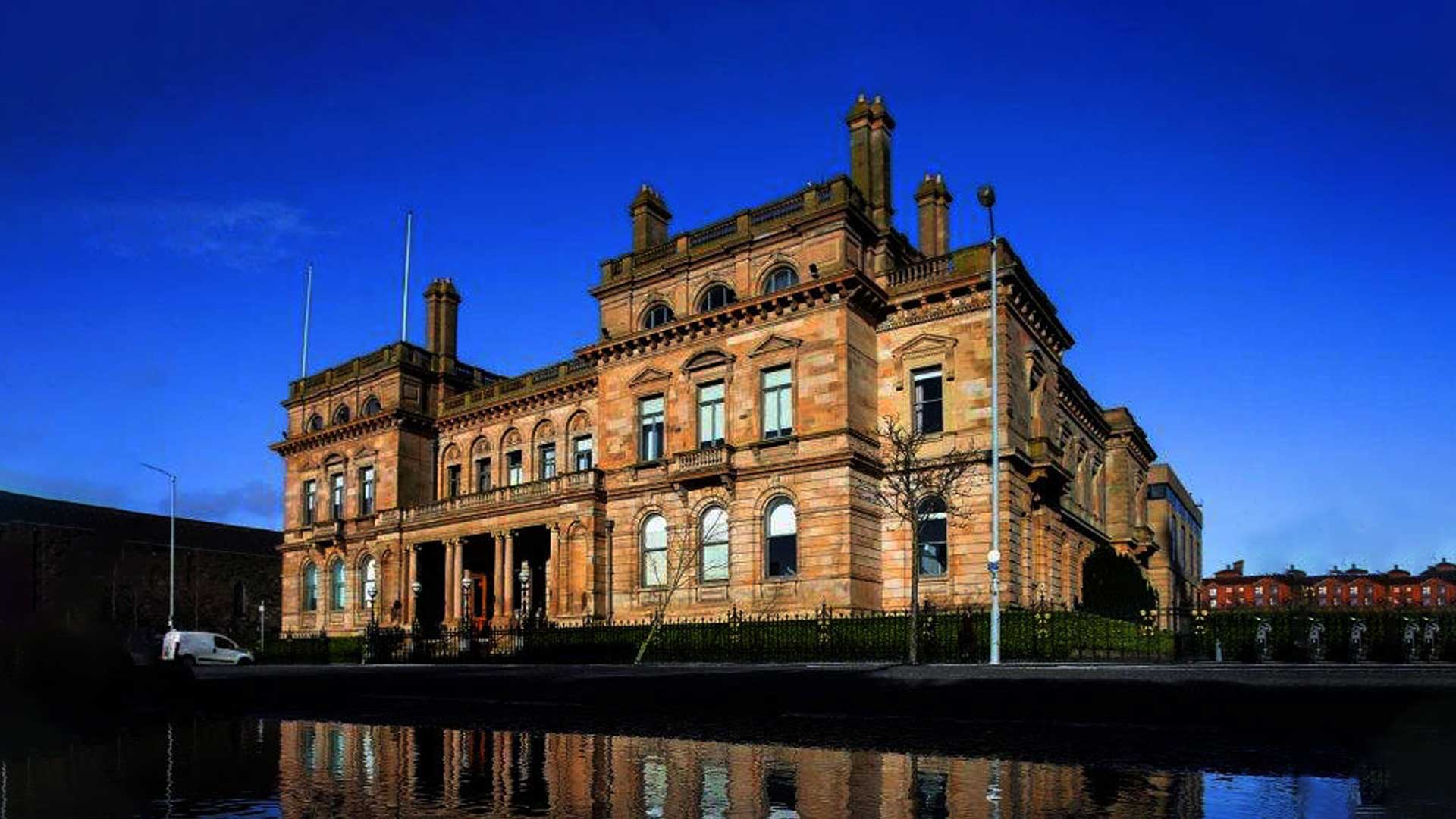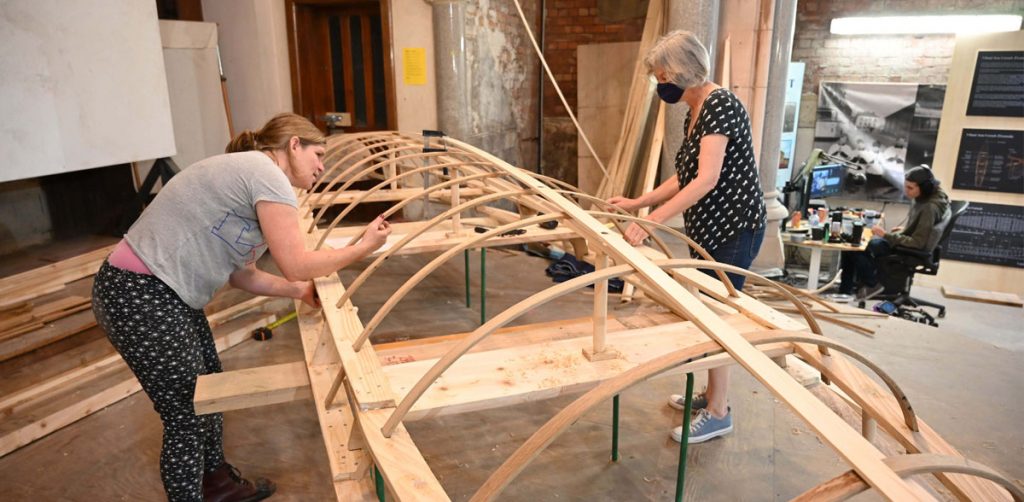A Port That Built a City
Permanent New Exhibition Opens at Belfast Harbour Office.
Belfast Harbour has opened a new permanent exhibition in its Harbour Office entitled ‘A Port that Built A City’ to celebrate 400 years of Belfast’s maritime history.
The new heritage space details Belfast’s emergence as a major port and the city’s subsequent growth and development as an industrial hub.
As well as interactive displays examining the Harbour Office and its unique art collection, the space also includes a stunning new stained glass window by local artist, Ann Smith, the ‘Titanic table’ and artefacts from the Harbour’s past.
Len O’Hagan, Belfast Harbour’s Chairman said:
“Through the centuries Belfast and its Harbour have been intimately linked, it’s impossible to think of one without the other. Belfast’s fortunes have largely been tied to the manmade creation of a Harbour which gave the city access to markets across the world and its development of infrastructure which paved the way for Belfast’s shipbuilding and aviation industries. The new exhibition will be a permanent showcase of that history and a reminder that this is a maritime city whose future prosperity rests in its tenacious zeal to explore and develop overseas markets.”
The centre piece of the new heritage space is a 3.6m high stained glass window which depicts major events from the Harbour’s history. The piece which took seven months to create uses handcrafted, antique English, French and German glass.
Its creator, Bangor-based, international stained-glass artist, Ann Smyth, who has also produced works for St. Anne’s Cathedral, Belfast City Hall and Bangor Abbey, said:
“It’s been a pleasure to create a new stained glass window for one of Belfast’s most iconic organisations which has played such a pivotal role in the development of the city. The work draws upon some features already incorporated in the rest of the Harbour Office, such as a flax flower motif which represents the linen industry. However, I also wanted to bring to life significant achievements such as the launch of RMS Oceanic in 1870 which helped transform passenger liner design, land reclamation which created the 2,000 acre Harbour Estate and, through the depiction of broken chains, the proud fact that Belfast, unlike other major ports, refused to support the slave trade.”
The window also includes images of Belfast dockers, references to Belfast’s role during WWII, the Tall Ship visits of 1991 and 2009 and more modern developments such as the emergence of the offshore wind energy industry and Titanic Belfast.
A number of artefacts are displayed including the famous Titanic table, on loan to Belfast Harbour from Harland & Wolff. The table, crafted for Captain Smith’s cabin onboard Titanic, missed the liner’s fateful maiden voyage and was lost in storage in Southampton and Belfast until the 1980s.
The new Heritage Room also includes details of famous past Chairmen of Belfast Harbour including William Pirrie (1847 – 1858) who opened the Victoria Channel and laid the basis for the development of the modern port, and Robert Thompson (1907 – 1918) who oversaw the Harbour’s investment in dry docks which allowed Belfast to develop into the world’s largest shipbuilder.
Public access to ‘A Port that Built a City’ will be available early in the New Year via an online booking system.




